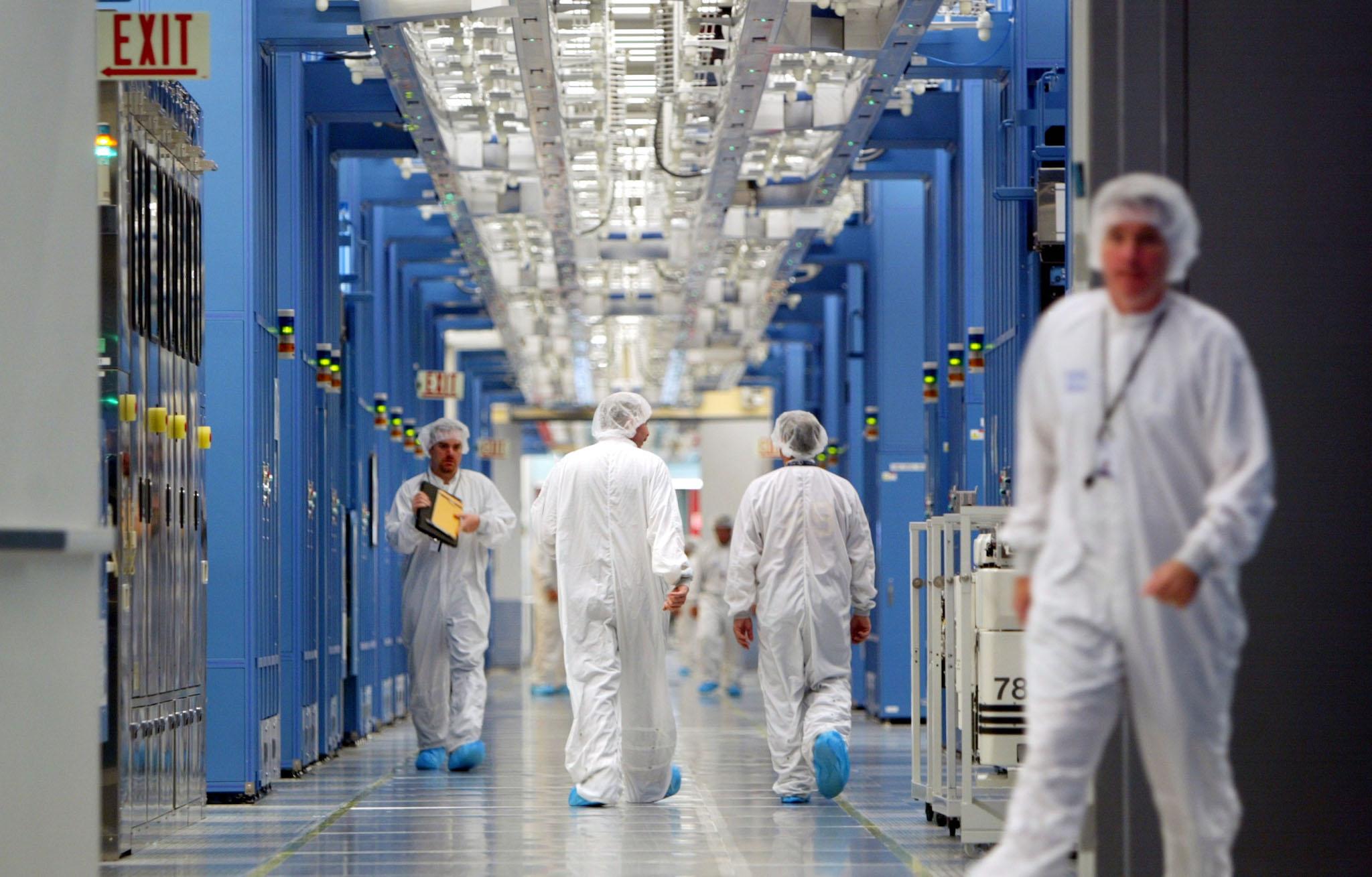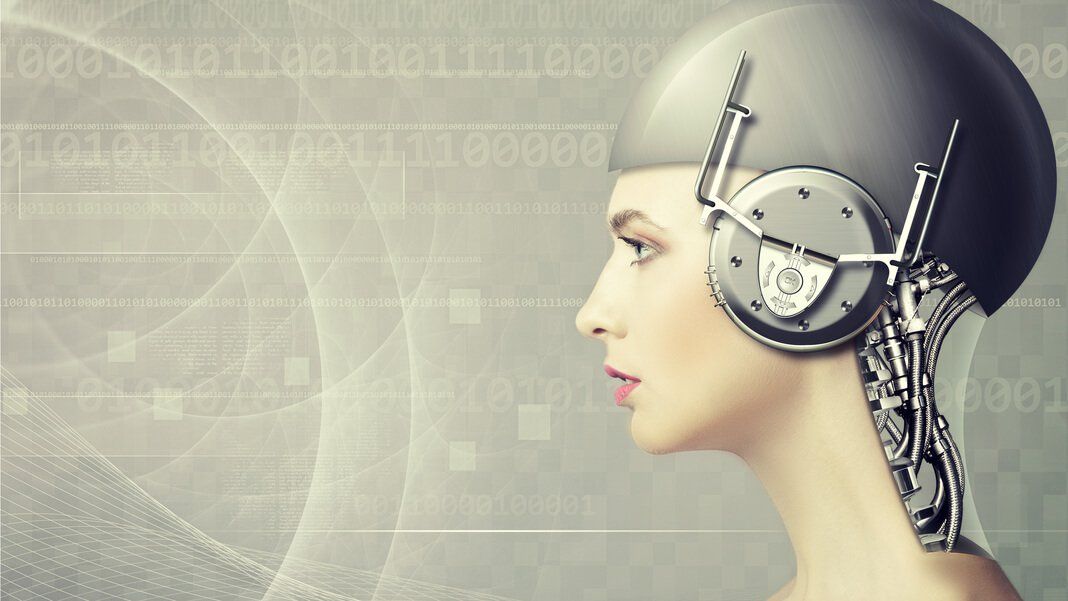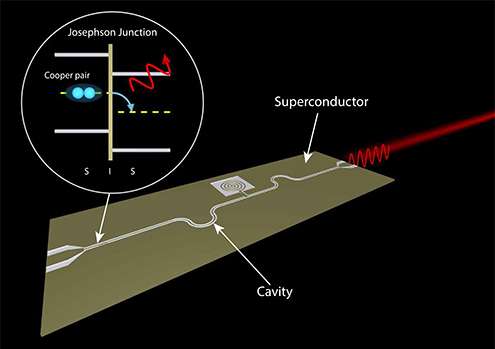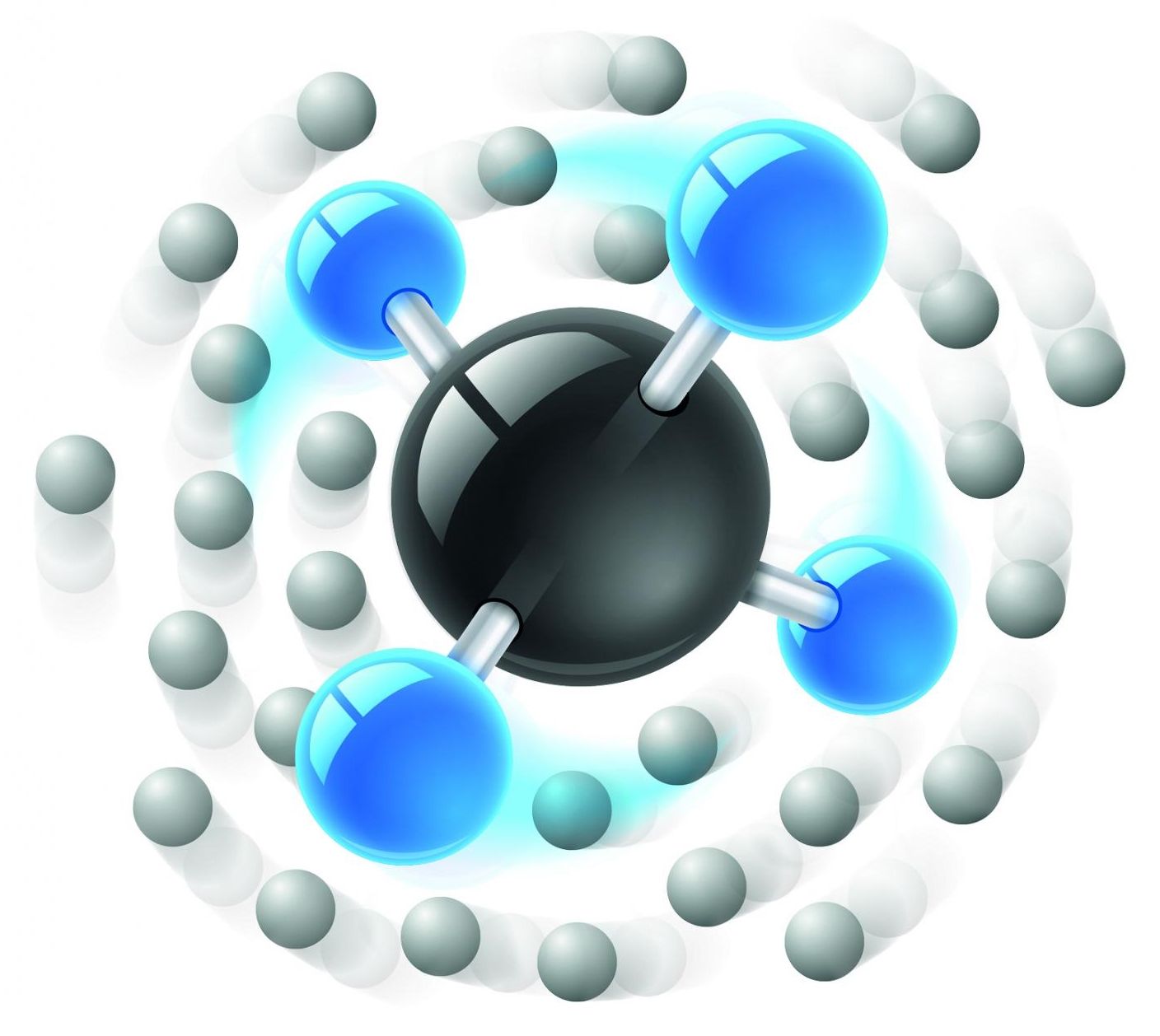Our data-driven society is churning out more information than traditional storage technology can handle, so scientists are looking for a solution in Nature’s hard drive: DNA. A pair of researchers at Columbia University and the New York Genome Center recently wrote a full computer operating system, an 1895 French film, an Amazon gift card and other files into DNA strands and retrieved them without errors, according to a study published in the latest edition of Science.
There are several advantages to using DNA. It’s a lot smaller than traditional media; a single gram can fit 215,000 times more data than a one terabyte hard drive, The Atlantic notes. It’s also incredibly durable. Scientists are using DNA thousands of years old to de-extinct wooly mammoths, for example. But, until now, they’ve only unlocked a fraction of its storage capacity. Study coauthors Yaniv Erlich and Dina Zielinski were able to fit the theoretical maximum amount of information per nucleotide using a new method inspired by how movies stream across the internet.
“We mapped the bits of the files to DNA nucleotides. Then, we synthesized these nucleotides and stored the molecules in a test-tube,” Erlich explained in an interview with ResearchGate. “To retrieve the information, we sequenced the molecules. This is the basic process. To pack the information, we devised a strategy—called DNA Fountain—that uses mathematical concepts from coding theory. It was this strategy that allowed us to achieve optimal packing, which was the most challenging aspect of the study.”









